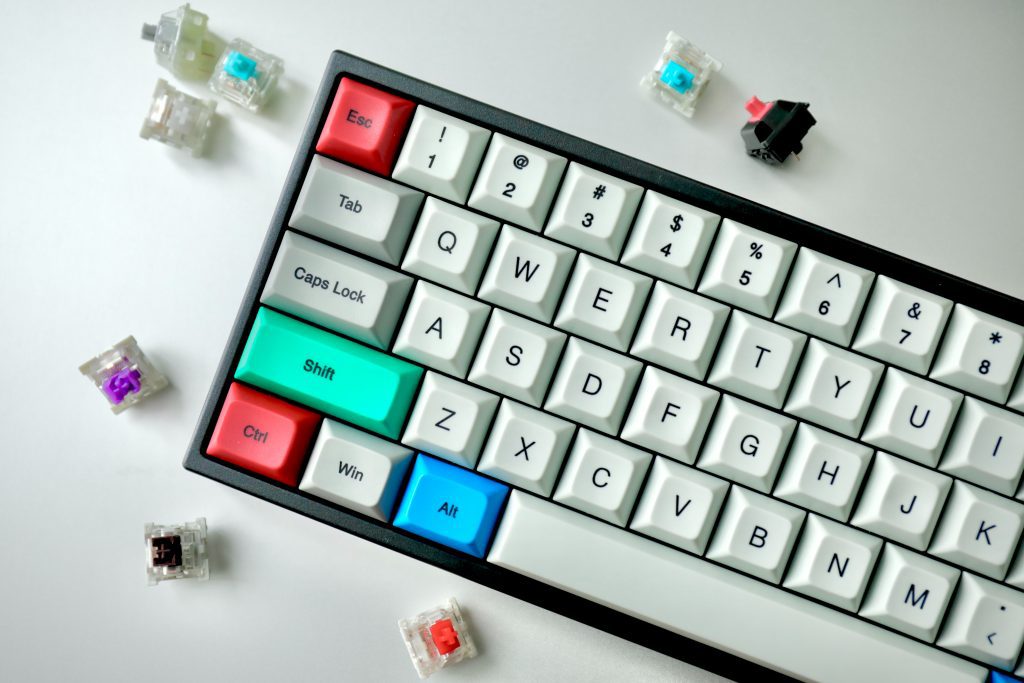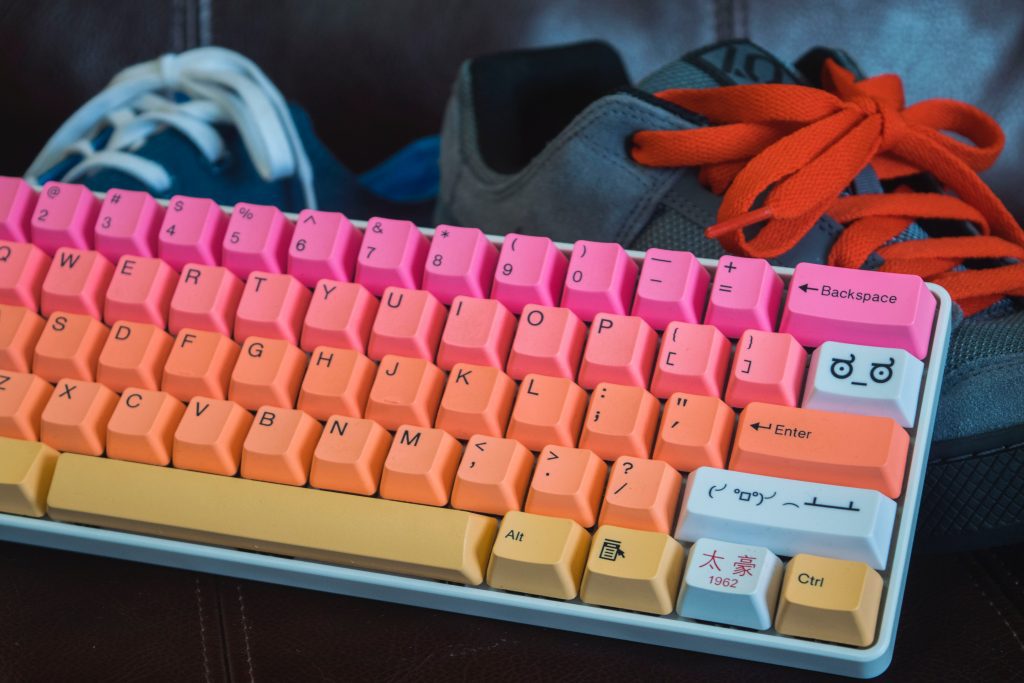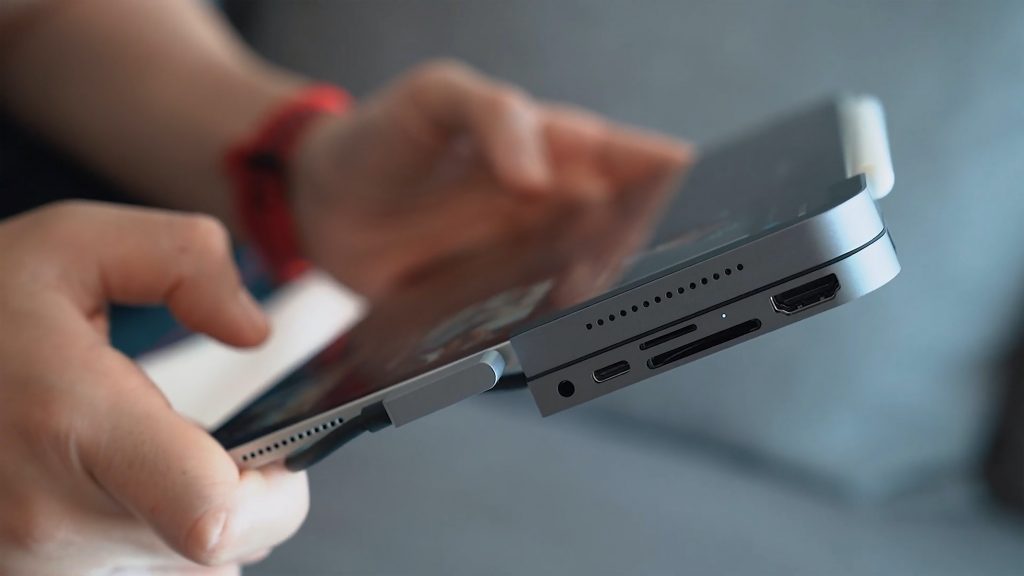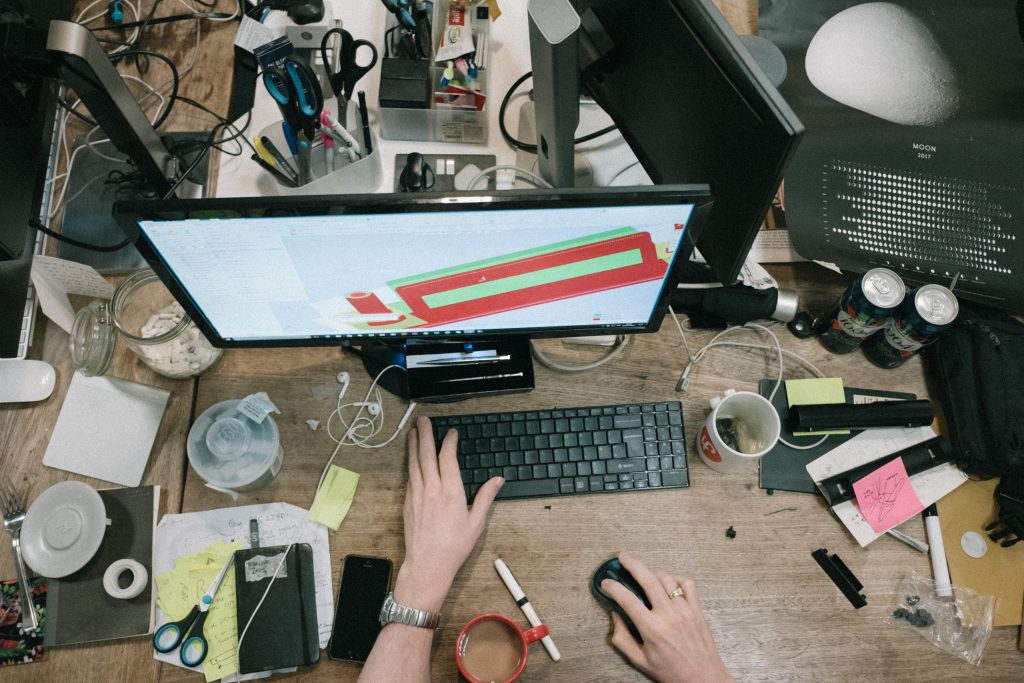If you’re experiencing keys that seem to jump out of place on your mechanical keyboard, fear not! One of the advantages of mechanical keyboards is their ability to have keycaps removed for cleaning, which can inadvertently cause keys to become loose. This issue can disrupt your typing experience and impede productivity. So, how to make the keys of your mechanical keyboard not jump? Let’s delve into a solution.
Those of you who have gotten used to using mechanical keyboards will know that they have several advantages over membrane keyboards. One of them is its easy cleaning and maintenance. Sometimes it happens when we are typing that we inadvertently take one or more of the keycaps with our fingers. That is extremely annoying, as we have to stop and reposition them all the time. And things get worse if we need to write fast. However, it is a problem that has a solution.
How do avoid the problem of loose keys?
The reason why this happens is that they are not placed well enough on the mechanical switch of each one. For this reason, it is important that when placing them again we press with two fingers on the cap once we have placed it. However, sometimes it happens that even after doing there is always a loose key. What you have to do first is simple, put the keyboard upside down, shake it a little and you will see how the ones that are not well placed will fall, once this is done, place them again and repeat the operation until none do.
If this it continues to happen to you, then you should look for other methods, do not worry, we will explain them to you below.
Consider renewing the key caps for better ones
If you see that the loose key is always the same, then you should think about the possibility that your keycap could be defective. It is always good to have a complete set to replace the keys in case they are erased or there are some defective ones. This can happen, in addition, you can take advantage to further customize your keyboard and give it a unique look. Of course, you may find that the brand of your keyboard uses proprietary switches and does not officially sell spare parts, although with a little luck and looking through AliExpress or Amazon you may find something.
Avoid the use of modeling glue
Don’t even think about using plastic modeling glue, as this will melt the plastic and it may end up sticking to the mechanical switch below. We’ve heard of people who have done this and killed the keyboard in the process. In addition, the problem is that later you will not be able to disassemble said the key to clean it.
Cheapest solution if you have a loose key
The best thing you can do is take one of the adhesive tapes to paint walls to carry out the following procedure:
Cut very thin strips, 1 mm thick.
Put these half-sunken strips into the gap at the bottom of the loose keycap with the glue side facing the switch. To prevent the sweat from your hands from damaging the adhesive tape tail, we recommend using tweezers.
Snap the key into position, this will give an extra hook that will prevent the key from coming loose.
The advantage of this method is that you can then safely use the Keypuller to pull the key out along with the rest and clean the keyboard as normal. Of course, you will have to repeat the process each time you clean the keyboard.
Make improvements to your mechanical keyboard
If everything we have proposed does not satisfy you, then you can consider making some improvements to your mechanical keyboard to increase its performance and support. In any case, if none of this works, we recommend you change your keyboard completely and buy a new one.
FAQs:
What causes keys on a mechanical keyboard to jump or wobble?
Keys on a mechanical keyboard can jump or wobble due to a variety of factors, including uneven keycap placement, loose switches, a damaged stabilizer, or an unstable keyboard surface.
How can I prevent keys from jumping on my mechanical keyboard?
To prevent keys from jumping, ensure that your keycaps are securely attached, tighten loose switches, replace damaged stabilizers, and use a stable keyboard surface. Regular cleaning and maintenance can also help.
Why do some keys on my mechanical keyboard wobble more than others?
Variations in key wobbling can occur due to differences in switch types, keycap designs, or manufacturing tolerances. Some switches and keycaps may inherently exhibit more wobble than others.
Is lubing the switches on my mechanical keyboard a solution to key wobbling?
Lubing switches can help reduce friction and improve keypress feel, but it may not directly address key wobbling issues. Lubing is more focused on smoothness and sound rather than stability.
Can I fix key wobbling without disassembling my keyboard?
Some key wobbling issues can be addressed without disassembling the keyboard by adjusting keycaps and stabilizers. However, for more serious issues, you may need to open the keyboard and inspect or replace internal components.
Conclusion:
Preventing keys from jumping or wobbling on your mechanical keyboard involves a combination of careful maintenance and, in some cases, minor repairs. Ensuring that keycaps are securely attached, addressing loose switches, and maintaining a stable keyboard surface can go a long way in improving key stability. How to make the keys of your mechanical keyboard not jump? While lubricating switches can enhance the overall typing experience, it may not directly solve wobbling issues. If you’re experiencing persistent problems, it’s advisable to consult the keyboard’s manual or seek guidance from a professional to disassemble and address internal issues such as damaged stabilizers or misaligned components. By taking these steps, you can enjoy a more stable and comfortable typing experience on your mechanical keyboard.




